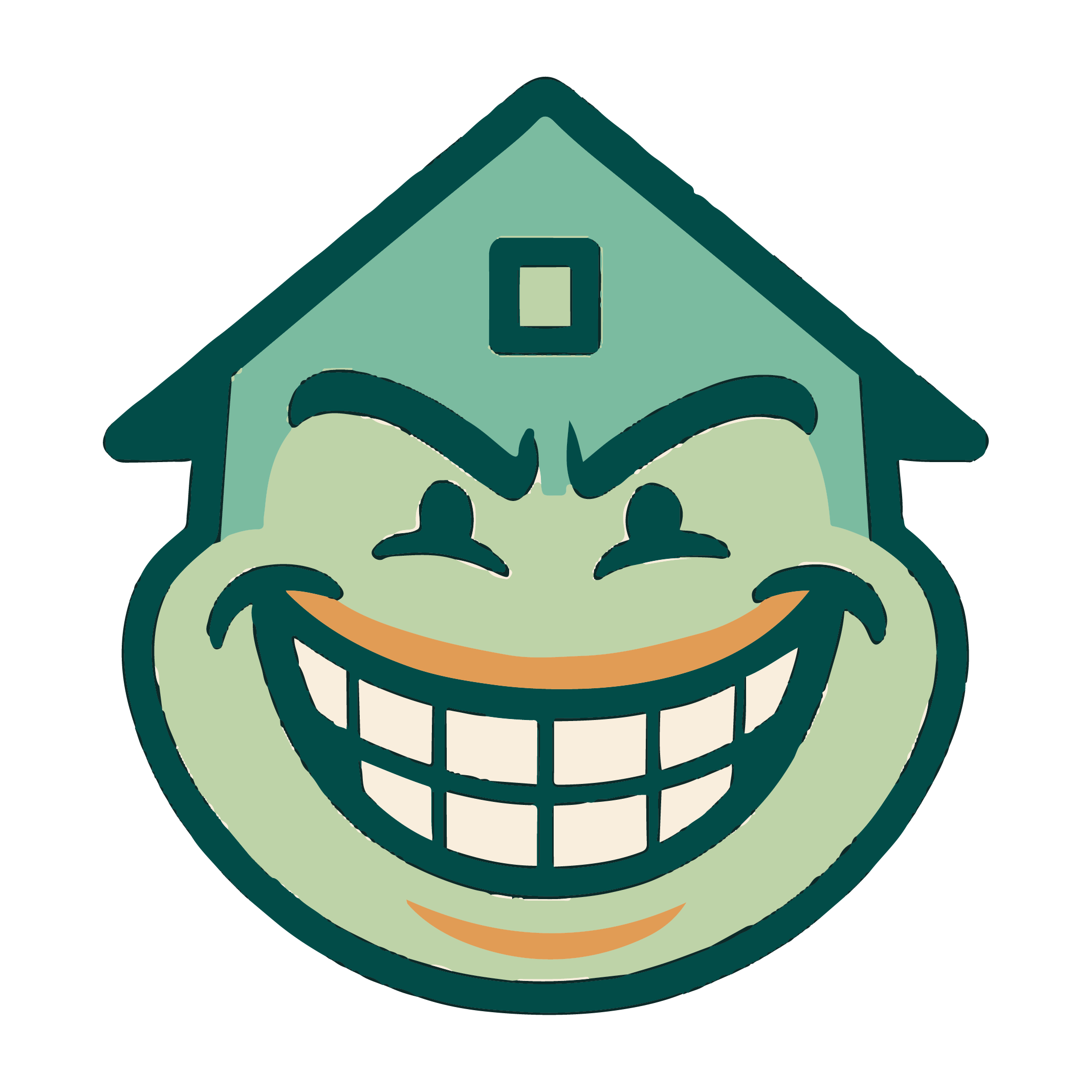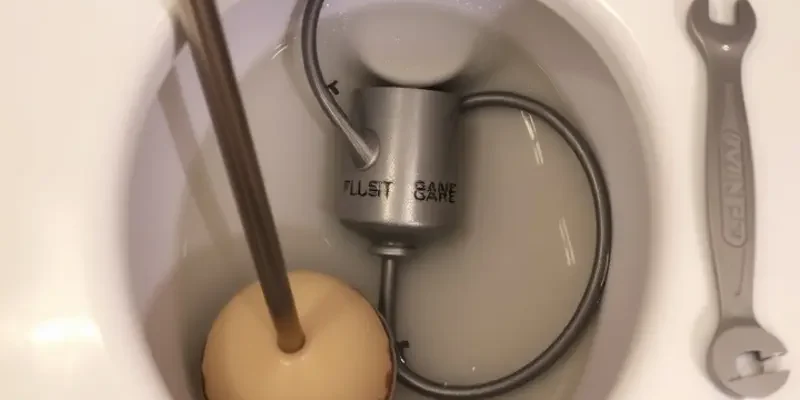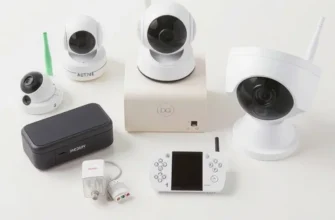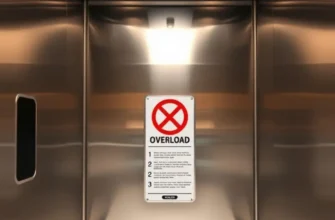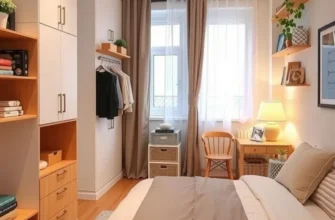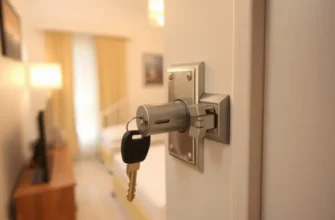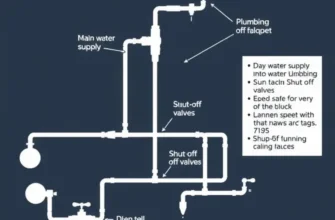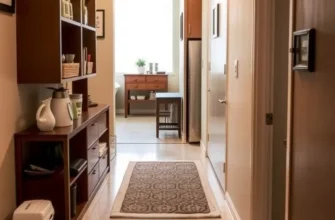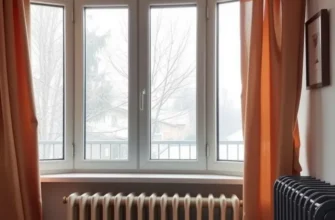Renting an apartment comes with unique responsibilities, especially when it comes to maintenance issues like a malfunctioning toilet. As renters, your priority is to ensure that your home is comfortable, safe, and hassle-free. Toilet repairs can seem daunting, but with the right knowledge and a confident approach, you can address common issues without the need for a professional plumber. In this guide, we’ll explore simple, step-by-step solutions to common toilet problems that you can handle on your own—empowering you with the knowledge you need to keep your space functional and secure. From leaks and clogs to flush issues, we’ll arm you with practical tips that prioritize your safety and maintain the integrity of your apartment. Let’s dive into the solutions that will not only save you money but also enhance your peace of mind in your rental home.
Understanding Common Toilet Issues
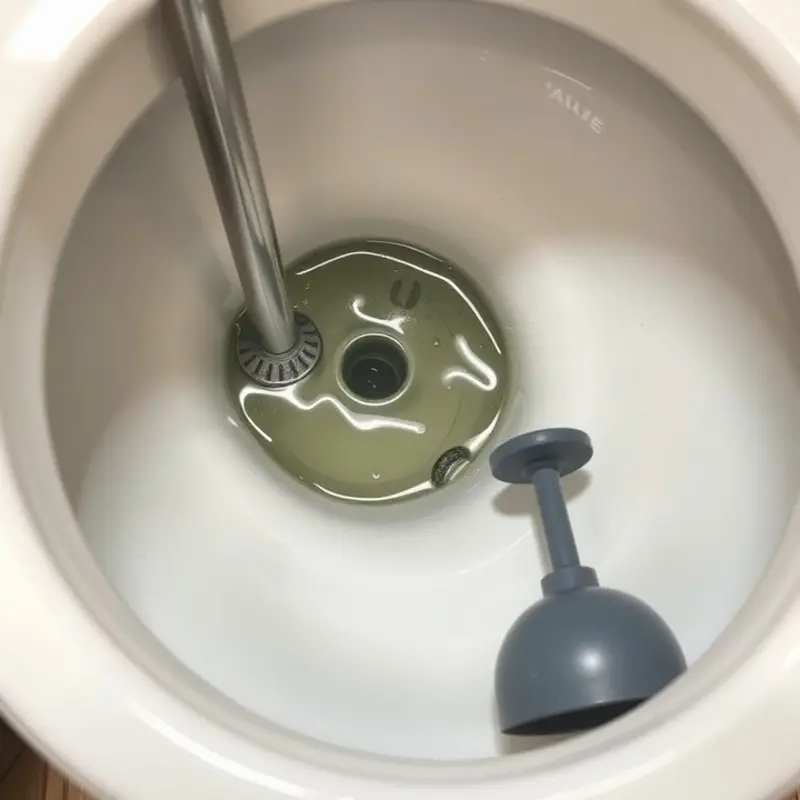
Clogs, leaks, and weak flushes are among the most common toilet problems faced by renters. Recognizing these issues early can be the key to preventing further inconveniences. To navigate these challenges efficiently, it’s essential to understand the basic functioning of toilets. Most toilets operate on a gravity-based flushing system, where water stored in the tank is released into the bowl to flush waste and water through the plumbing system.
Understanding the components of your toilet can greatly assist in diagnosing issues. For example, if you notice your toilet is not flushing effectively, it might be due to a problem with the flapper, a small rubber component that regulates the flow of water from the tank to the bowl. Inspecting and testing the flapper’s functionality can often reveal blockages or misalignments.
Leaks can be another common issue, typically spotted when there’s persistent water around the base of the toilet or when you hear the sound of running water long after a flush. This might indicate issues with the wax ring, which seals the toilet to the floor, or a valve malfunction. A simple dye test can help locate leaks: drop a bit of food coloring into the toilet tank and wait to see if it appears in the bowl without a flush, indicating a leak.
One important tool in your troubleshooting toolkit is a plumber’s snake, which can effectively help clear blockages that are beyond the reach of a traditional plunger. For addressing leaks, keep pipe wrenches and a supply of basic plumbing tape handy.
Inspecting your toilet safely requires a bit of caution. Always shut off the water supply before attempting repairs to avoid any water damage. The shutoff valve is typically located near the base of the toilet. Familiarizing yourself with these basic procedures and tools can empower you to address many common issues without delay.
In the context of rental properties, resolving such issues promptly is crucial, not only for your comfort but also to maintain goodwill with your landlord. Understanding these basics makes it easier to communicate effectively with maintenance personnel or your landlord about the specifics of the problem.
For more tips on maintaining a safe and functional rental home, explore apartment-friendly cleaning routines that can complement your plumbing troubleshooting efforts.
DIY Toilet Repairs for Renters
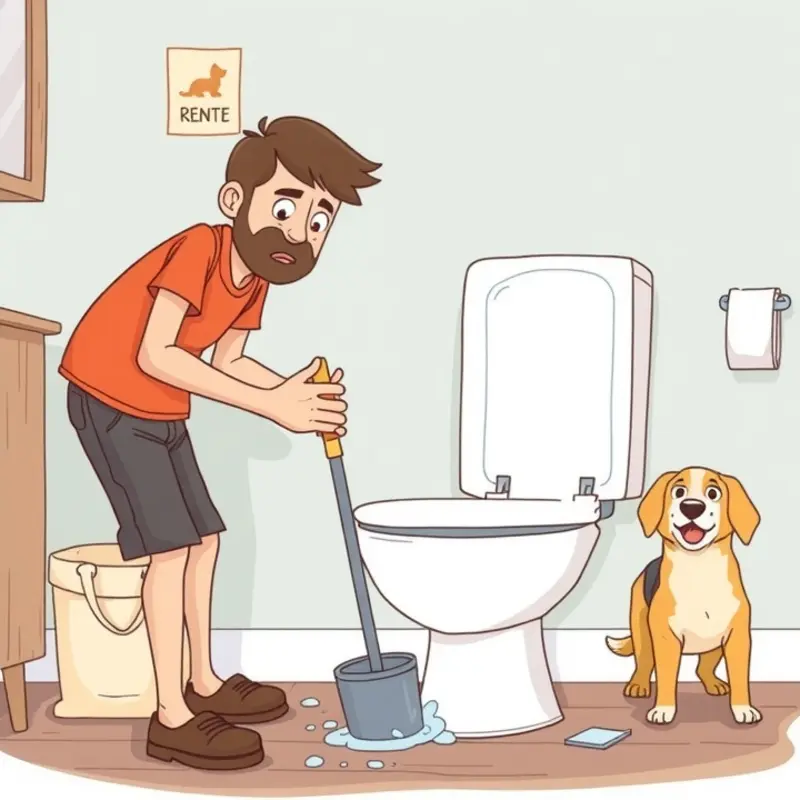
For renters, tackling common toilet troubles requires some know-how and a few essential tools. Here, we’ll explore step-by-step solutions for frequent issues, with a focus on safety and efficiency. While being proactive about repairs is crucial, knowing when to contact your landlord is equally important.
Clearing Clogs with a Plunger
When faced with a clogged toilet, a plunger is your best friend. Start by ensuring you’re using a proper flange plunger, which provides a better seal. Gently lower the plunger into the bowl at an angle to ensure it fills with water and traps air. Next, position it over the toilet’s drain hole, and push firmly and slowly downwards, then pull back sharply. Repeat this process, maintaining the seal, for several thrusts to dislodge the blockage. If water and debris begin to drain, you’ve cleared the clog.
Fixing Tank or Base Leaks
Leaks can often originate from the tank or base and are usually indicated by puddles of water around the toilet. If it’s a tank leak, check the water supply connections and tighten any loose nuts. For a base leak, you’ll need to inspect the wax ring seal between the toilet and the floor. Shut off the water supply and drain the tank and bowl. Remove the toilet and replace the wax ring, ensuring the new seal is aligned as you reinstall the toilet.
Replacing Flappers and Chains
If your toilet runs constantly, a worn flapper or chain might be the culprit. Shut off the water and flush to empty the tank. Evaluate the flapper; if it’s cracked or disfigured, remove it by detaching from the overflow tube. Install a new one, ensuring it seats flat against the valve. Adjust or replace the chain if there’s too much slack, which can impede proper operation.
When to Call Your Landlord
While it’s empowering to handle minor repairs, some issues need professional attention or landlord notification. Persistent leaks, frequent clogs despite your efforts, or any repair that involves altering plumbing structures should prompt a call to your property manager. Your lease agreement often specifies what maintenance is included, which can provide guidance.
Handling these repairs ensures your apartment remains in excellent condition while keeping maintenance costs down. For more tips on maintaining your rental effectively, visit our guide on apartment-friendly DIY cleaning products. This approach not only encourages problem-solving but also fosters a better understanding of your living space. As always, prioritize safety and understand your limitations when attempting such tasks.
Final words
Maintaining a rental apartment can sometimes present surprises, especially when unexpected maintenance issues arise. Understanding common toilet problems and learning how to address them proactively is essential for any renter. By following the repair tips outlined, you can empower yourself to handle minor but critical challenges with confidence. Always remember to keep safety in mind, and don’t hesitate to reach out to your landlord for assistance with more serious issues. Prioritizing these practical solutions will lead to a more comfortable and secure living environment. With a little patience and the right approach, you’ll find toilet repairs aren’t just manageable—they can also be quite satisfying!
